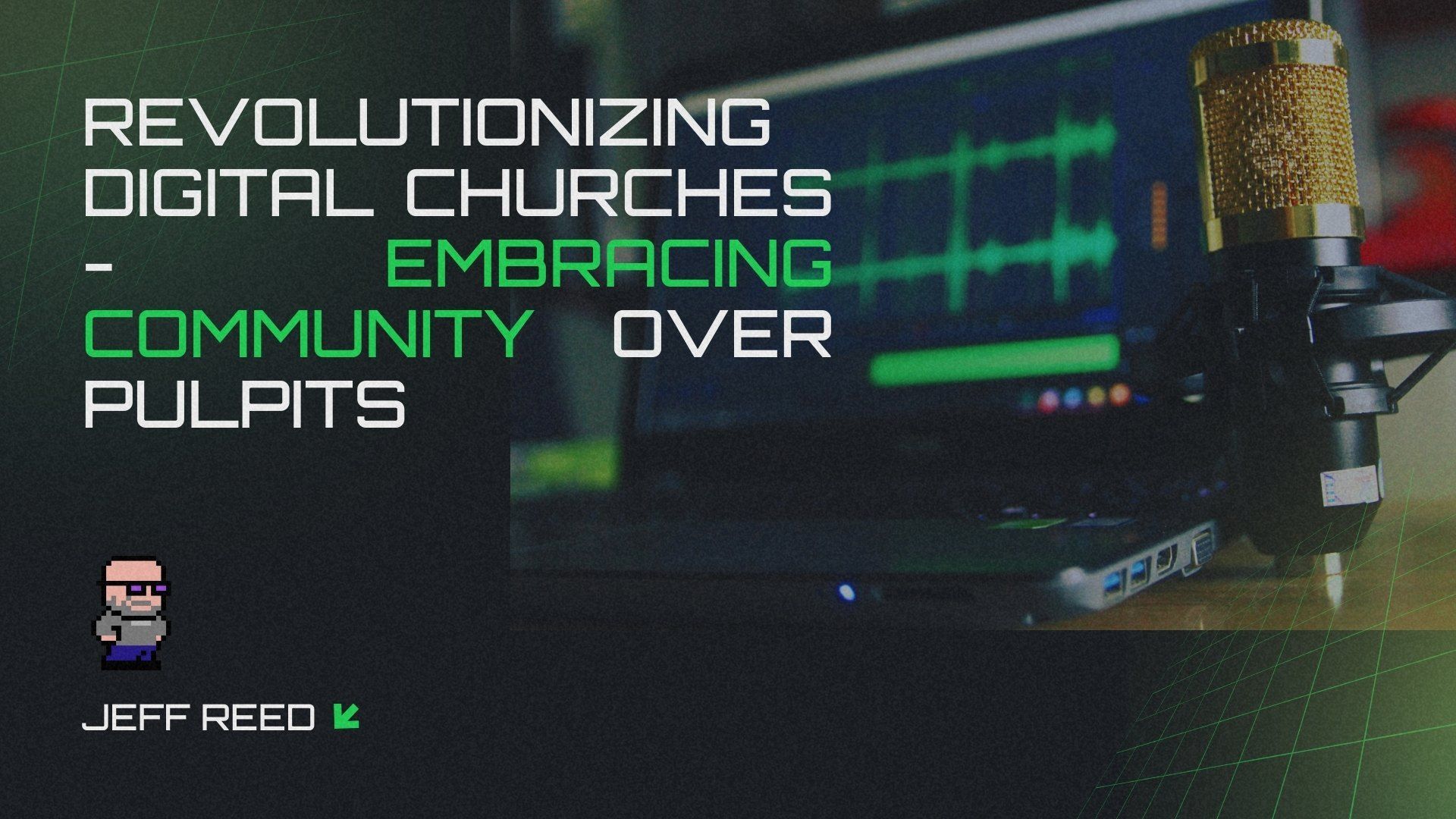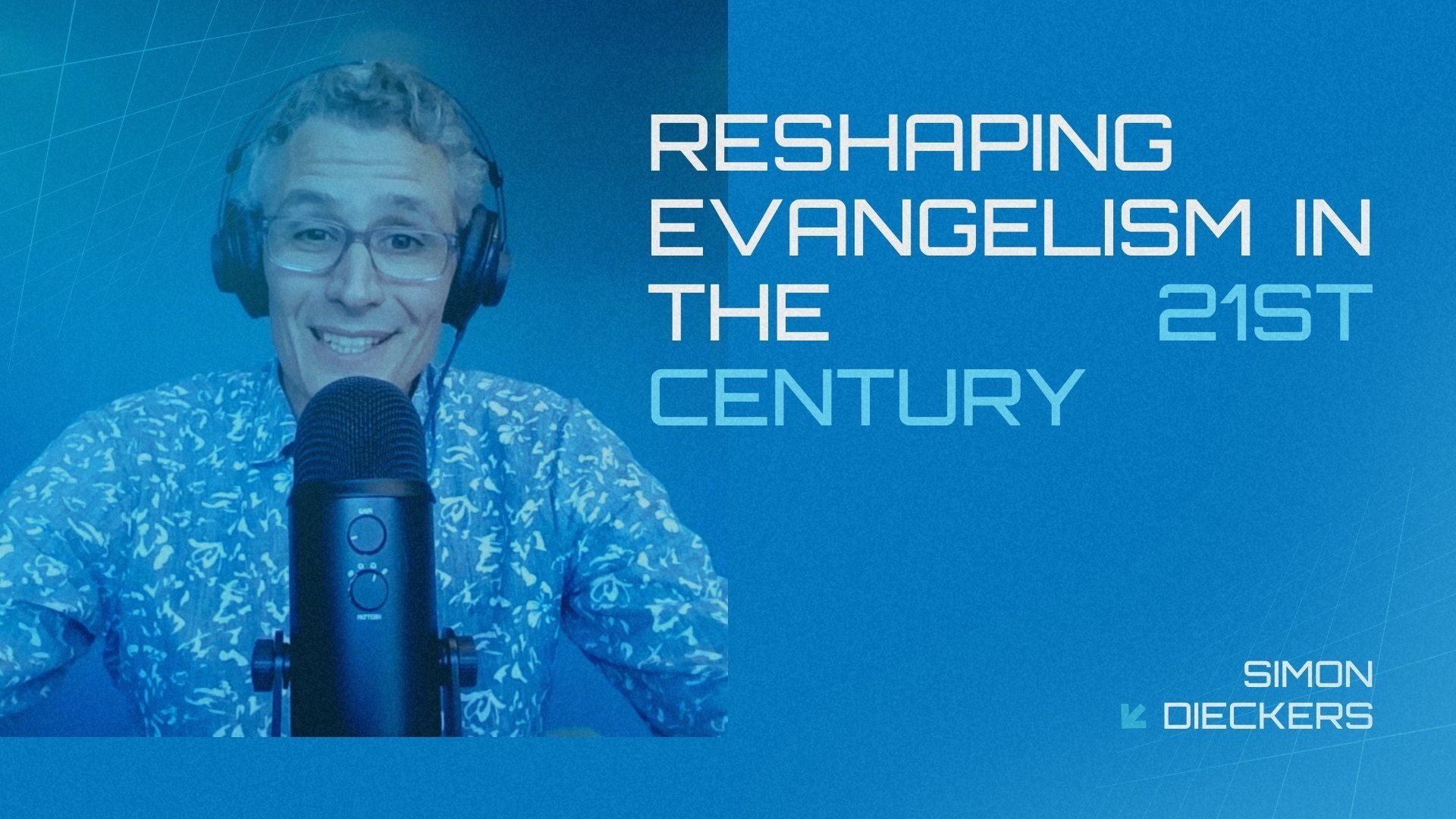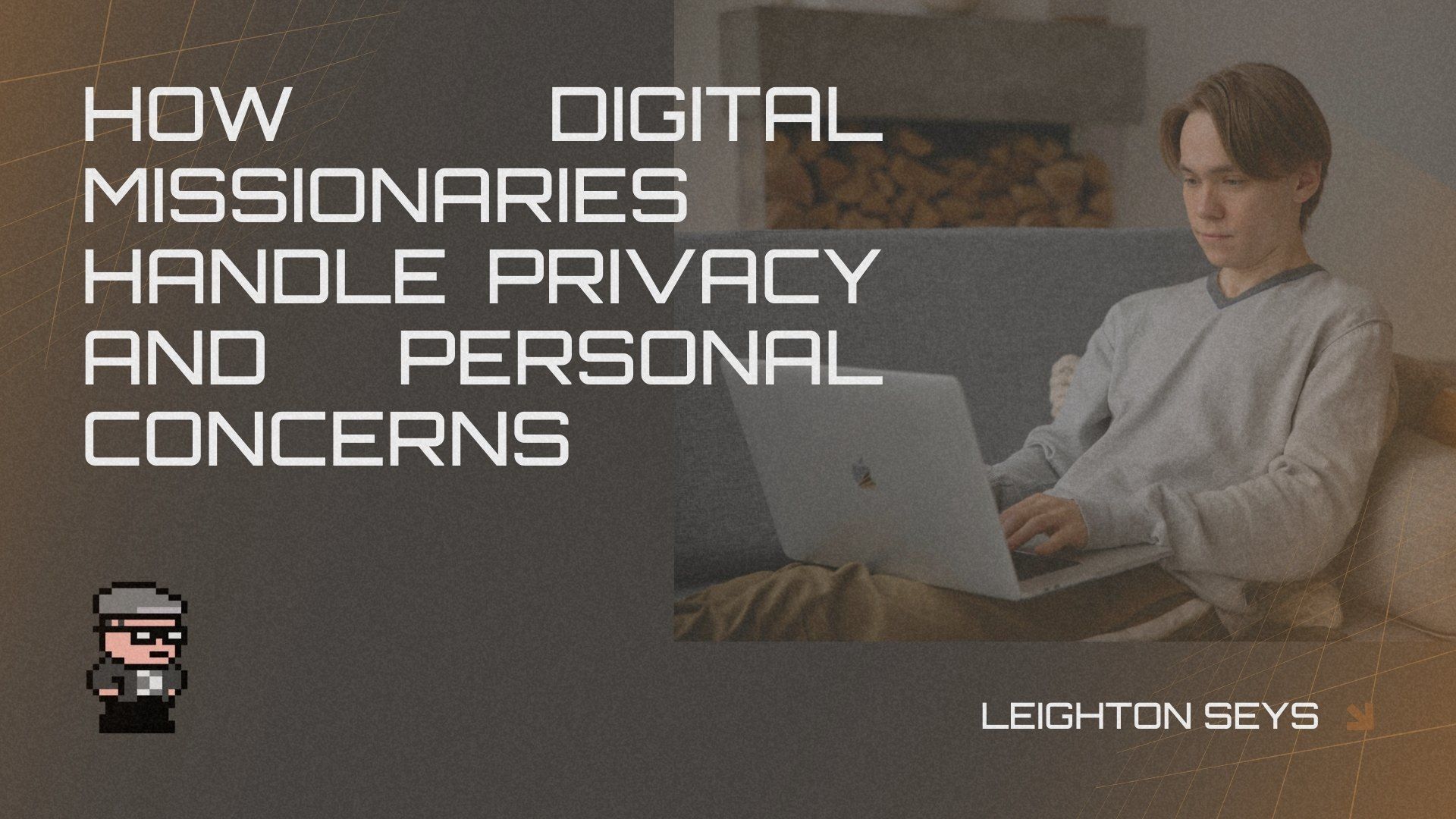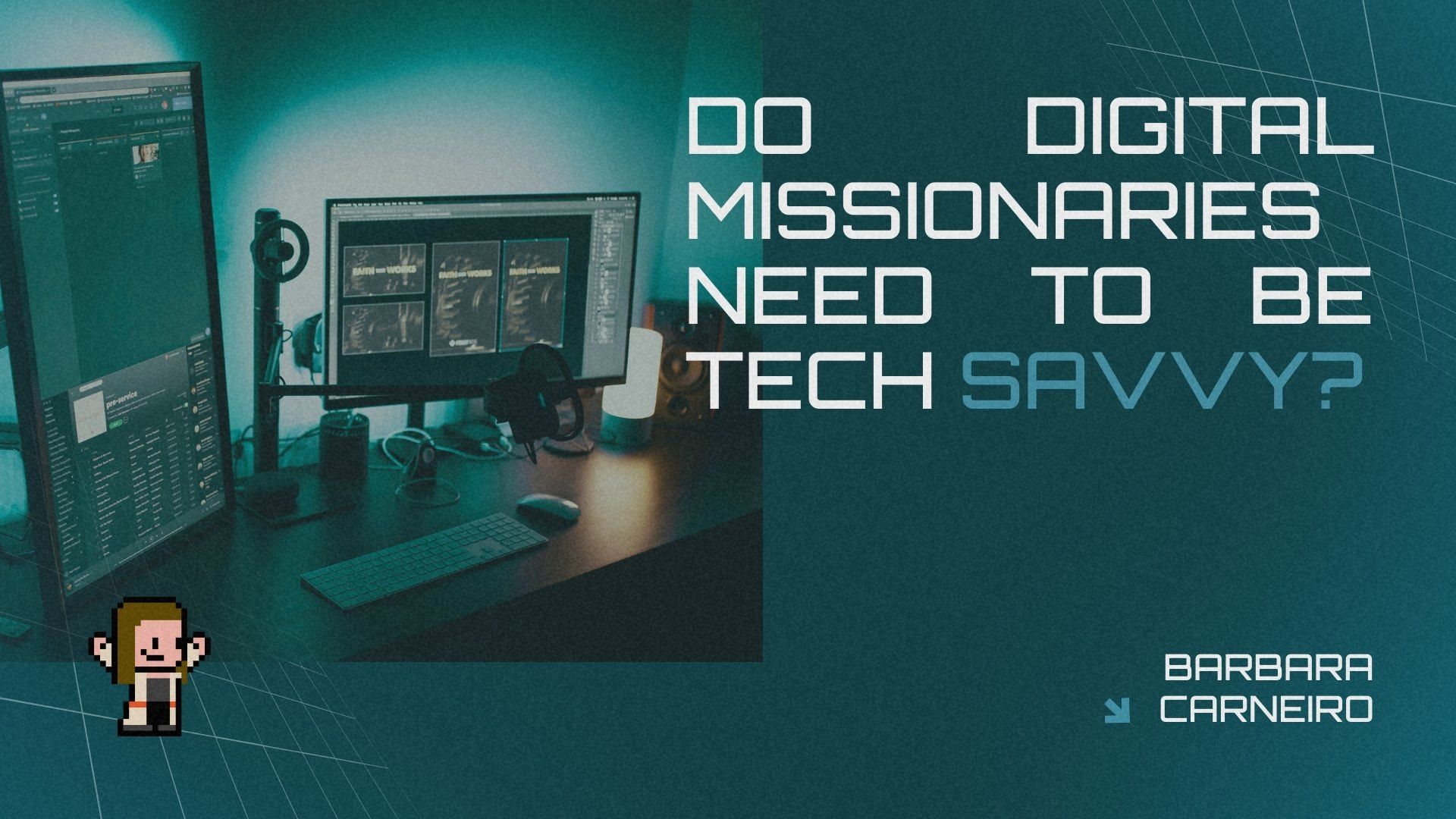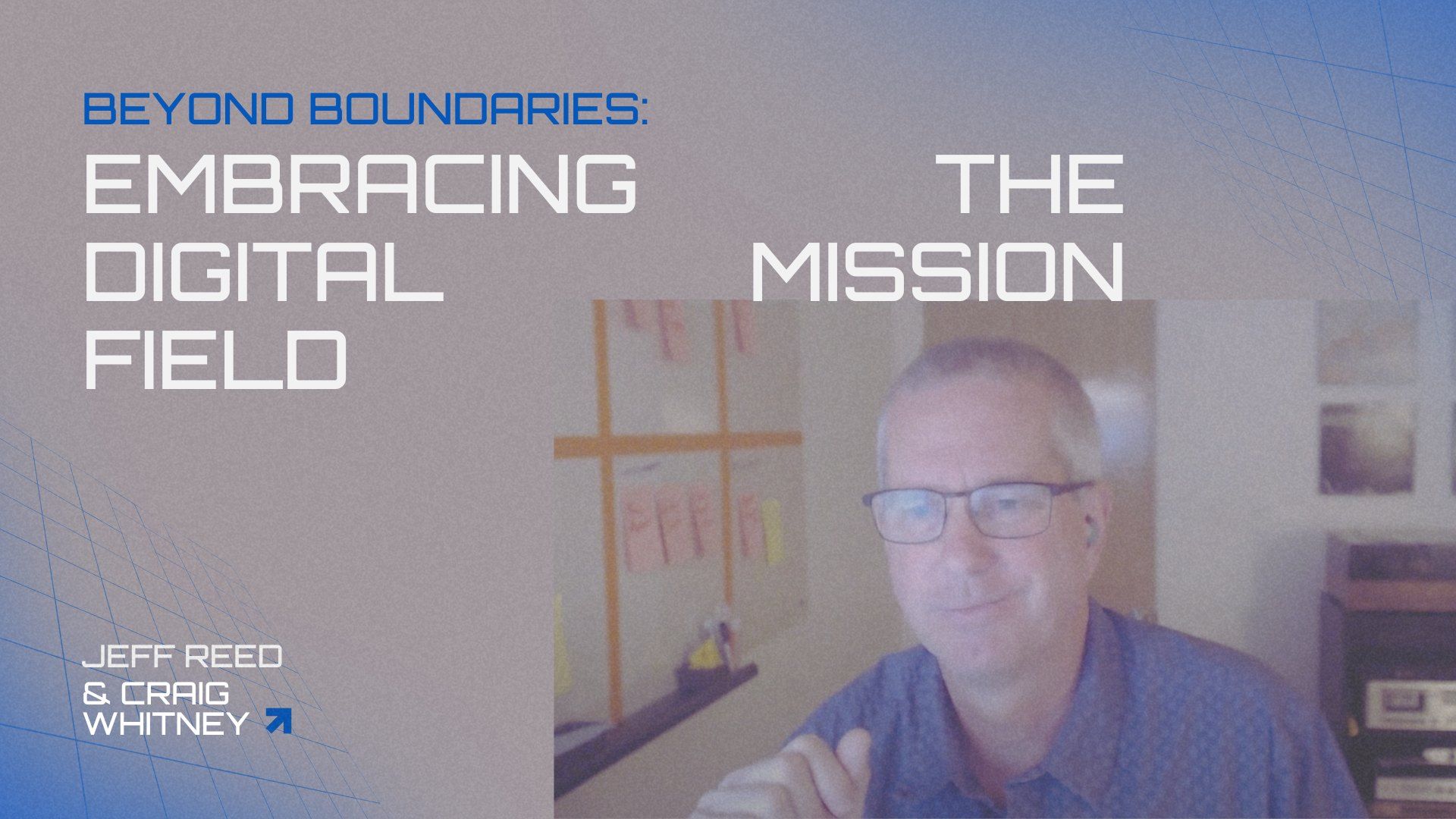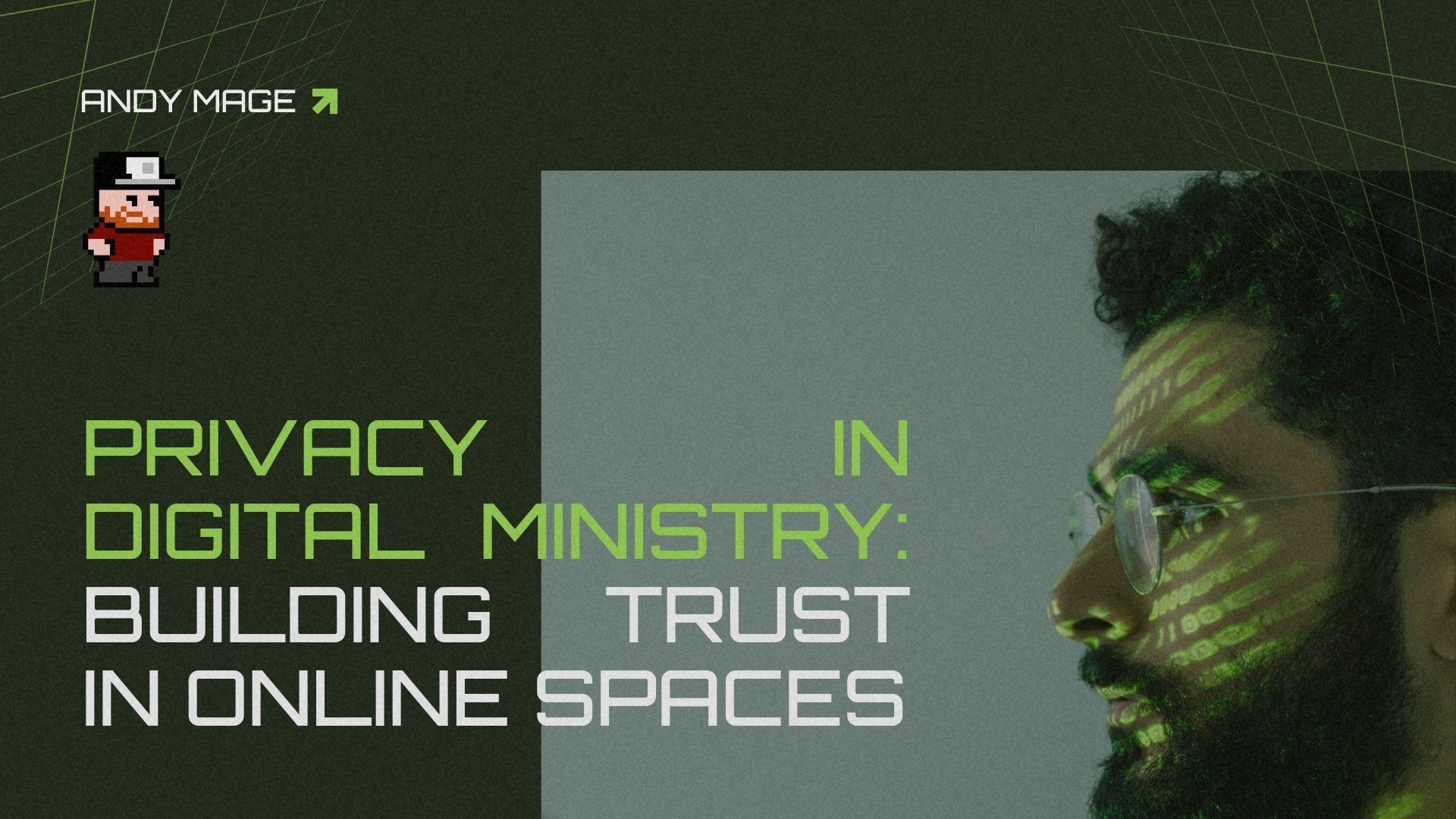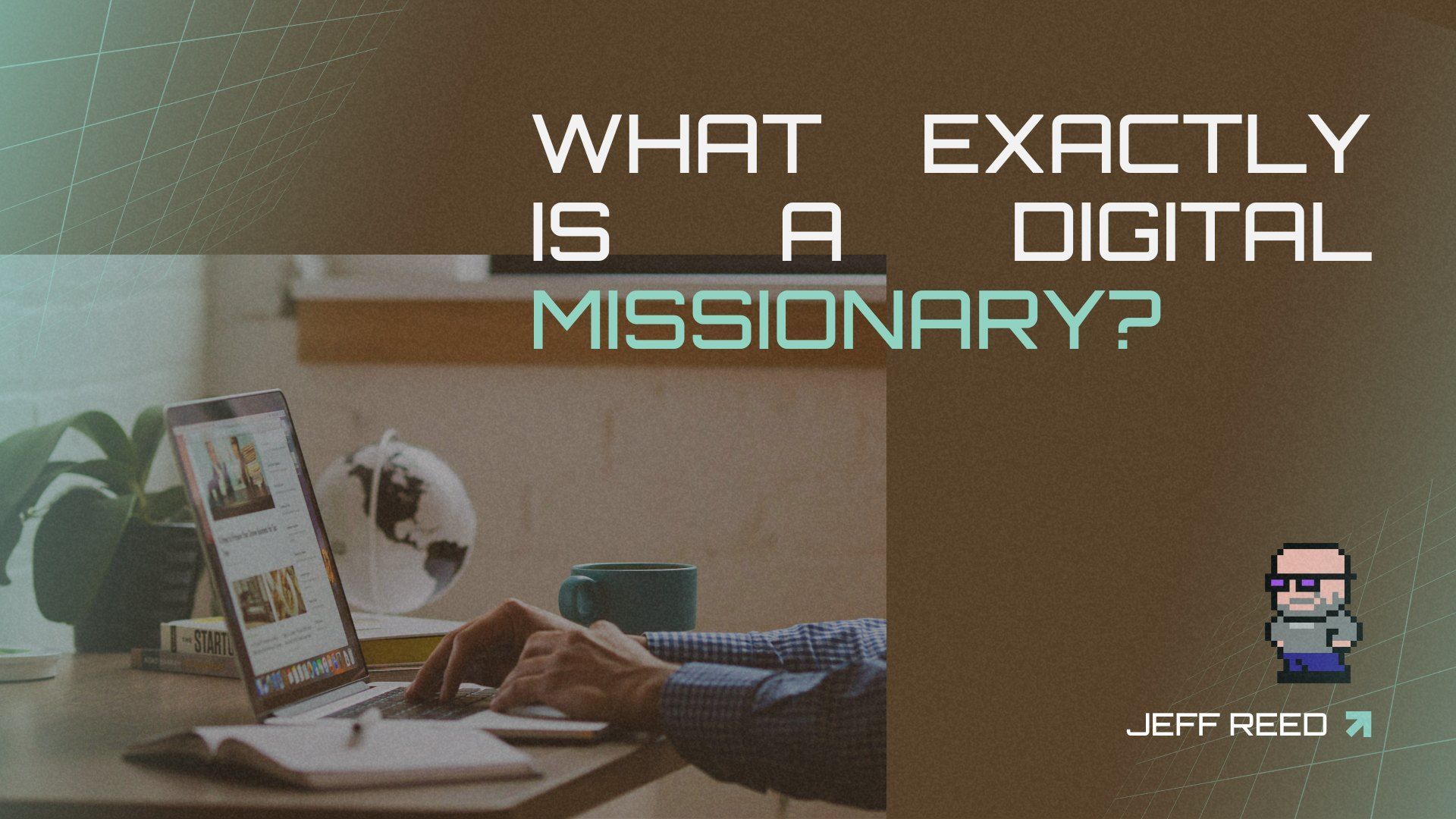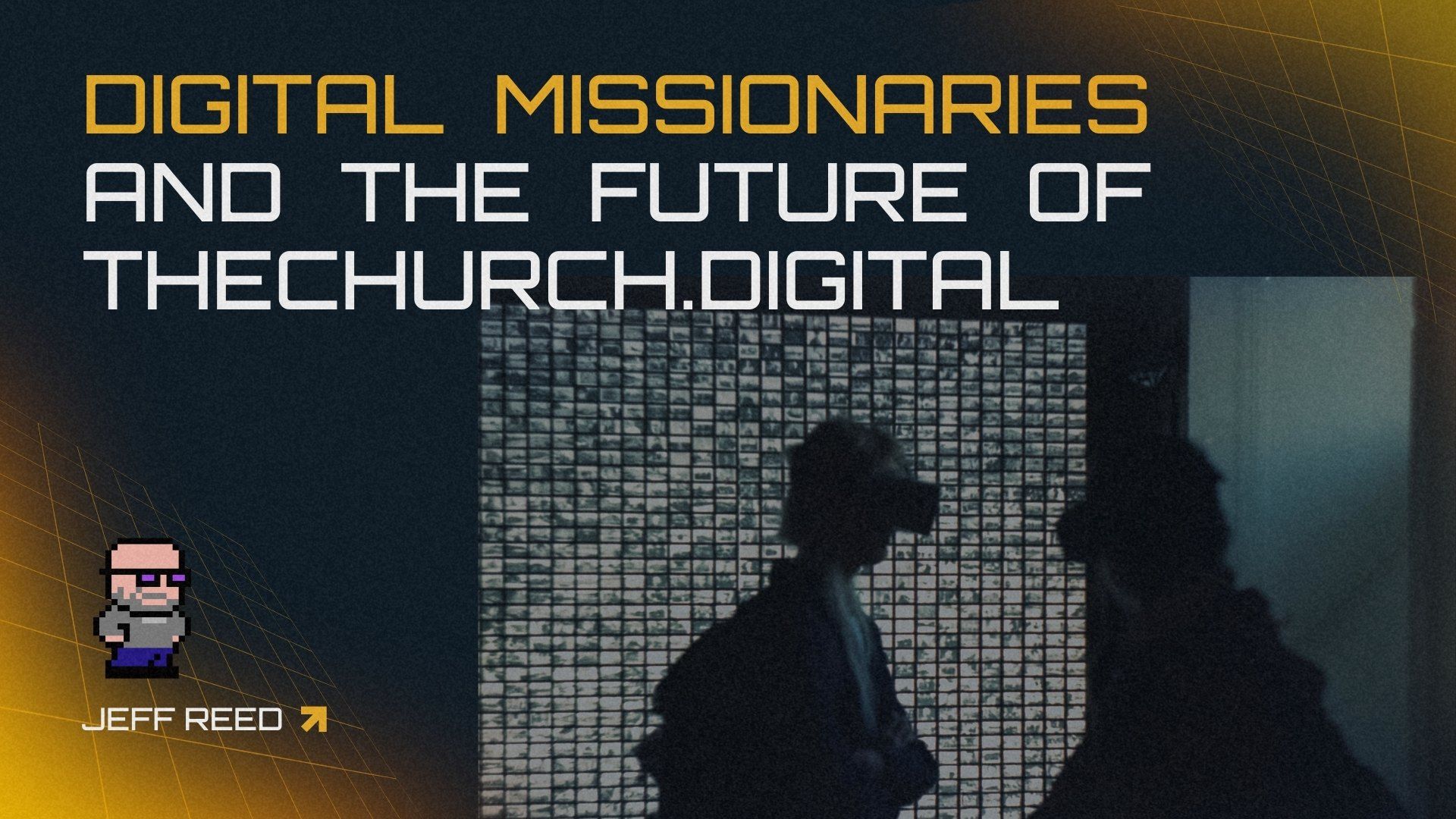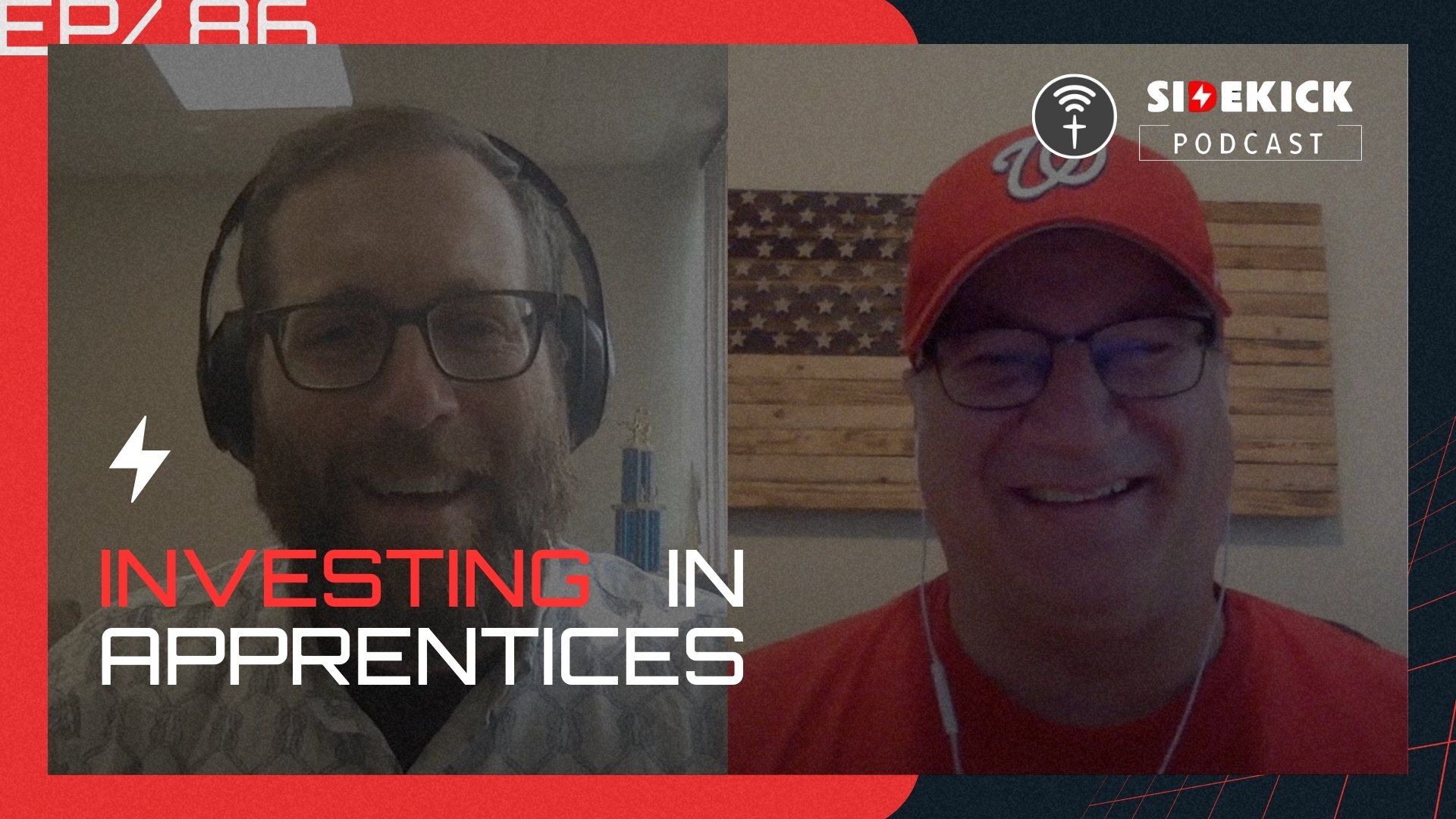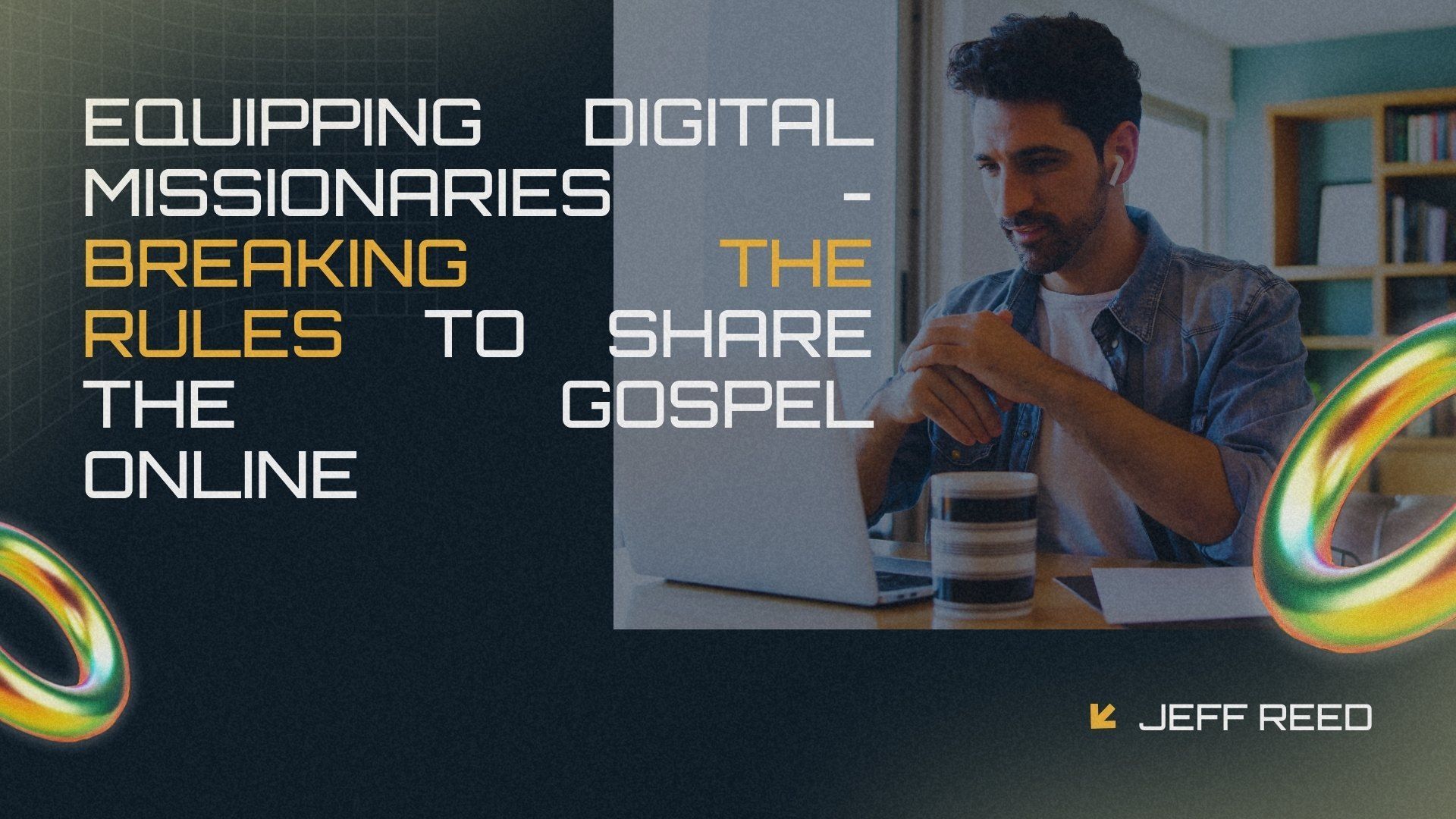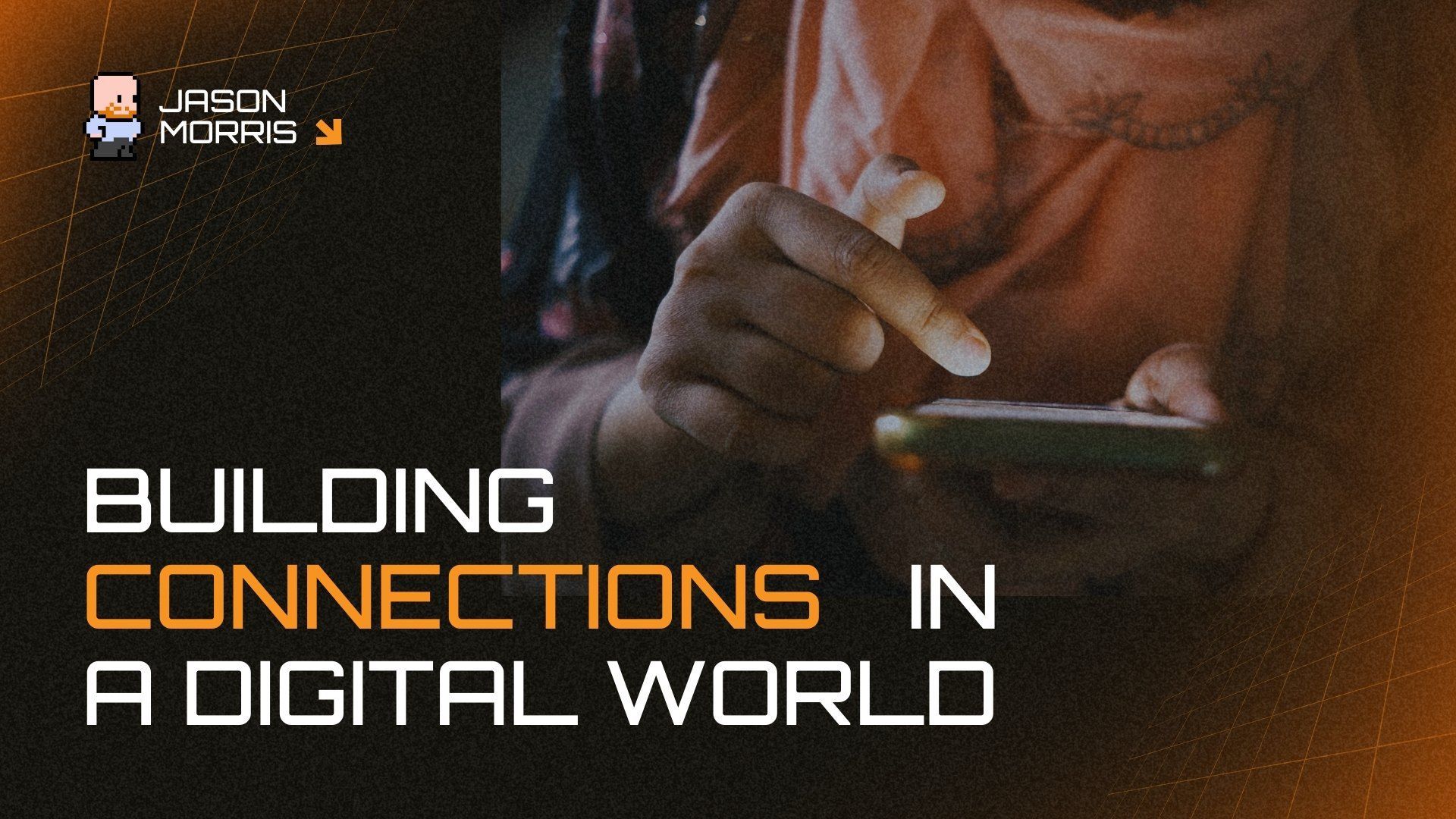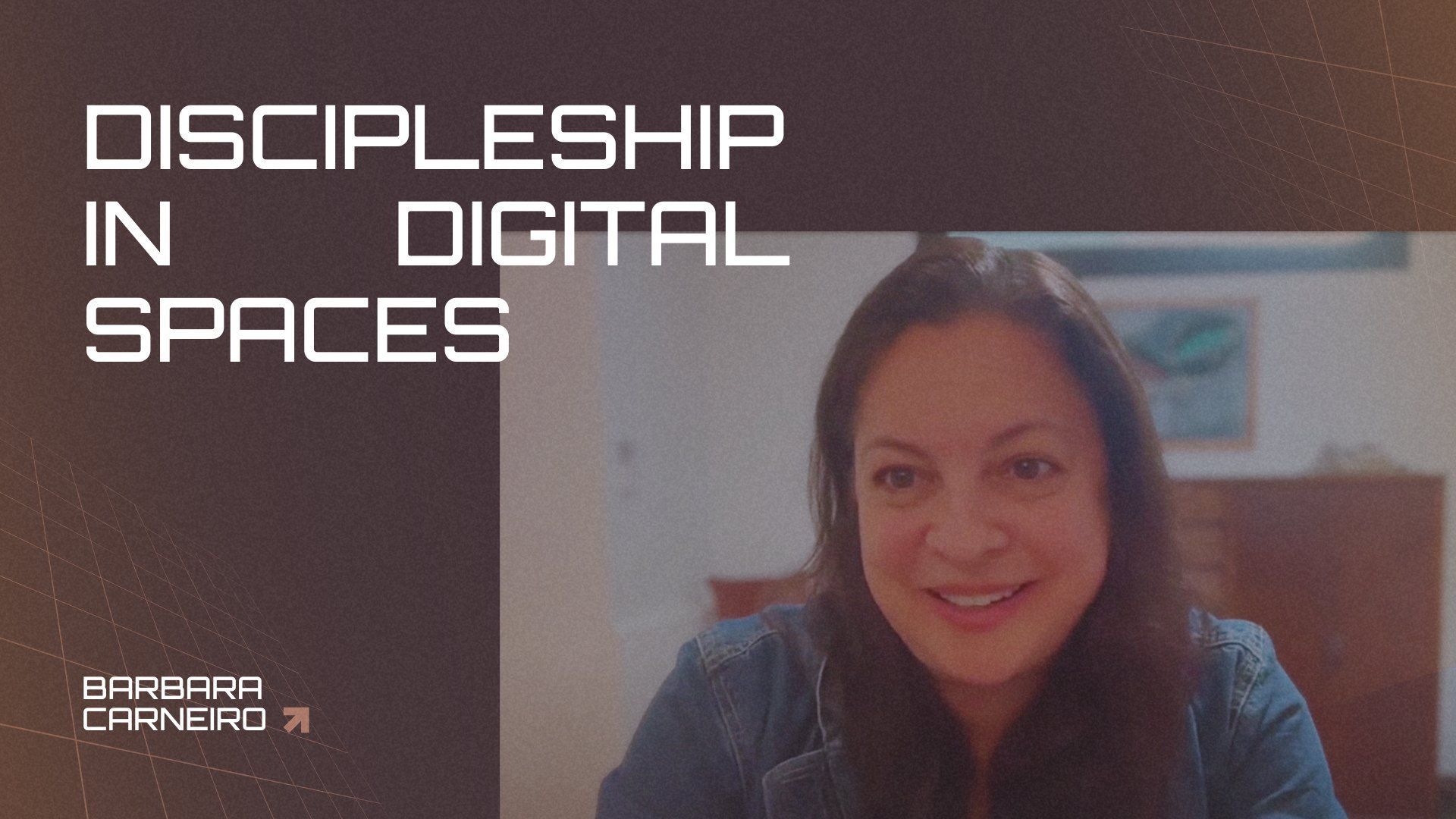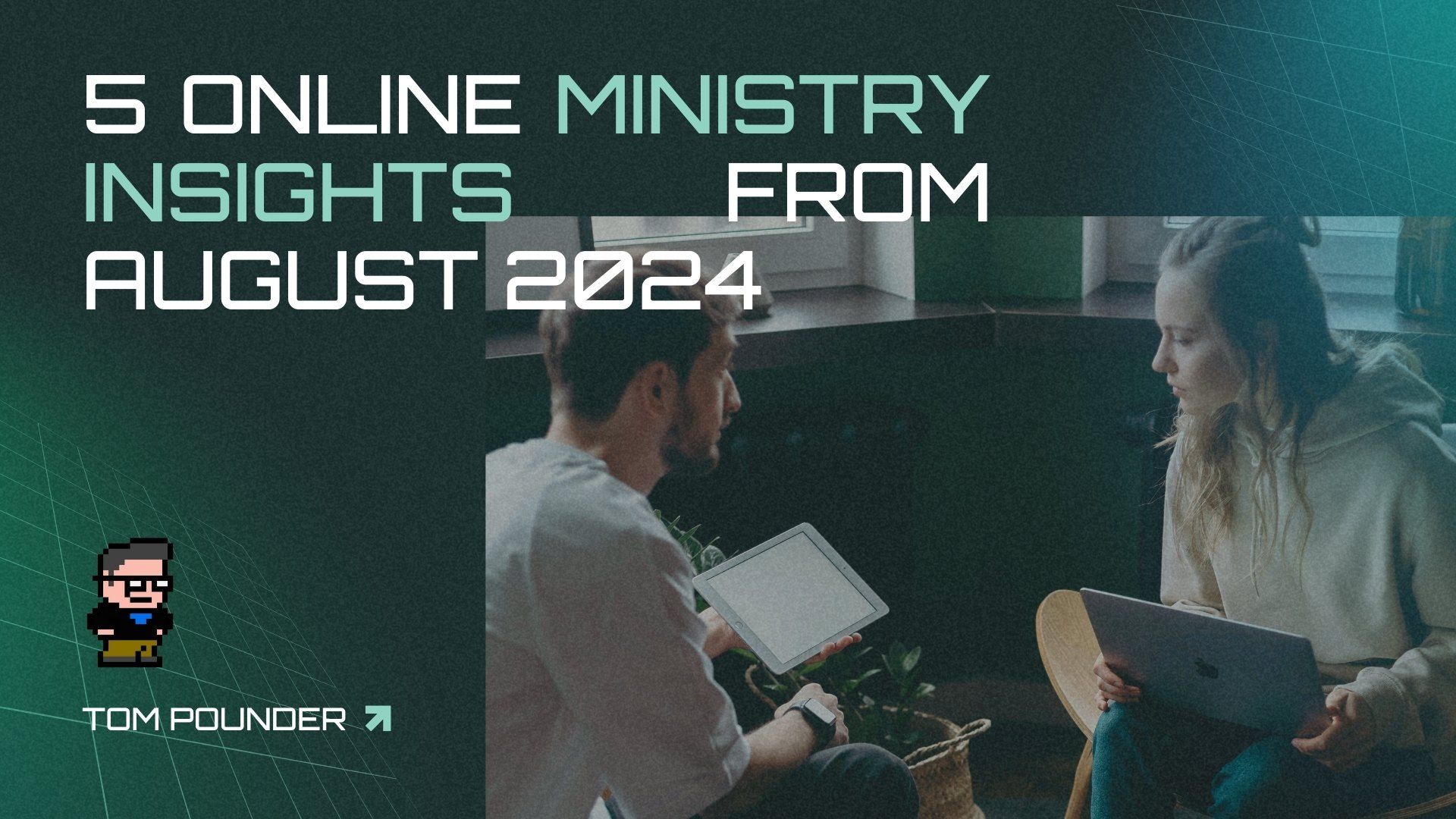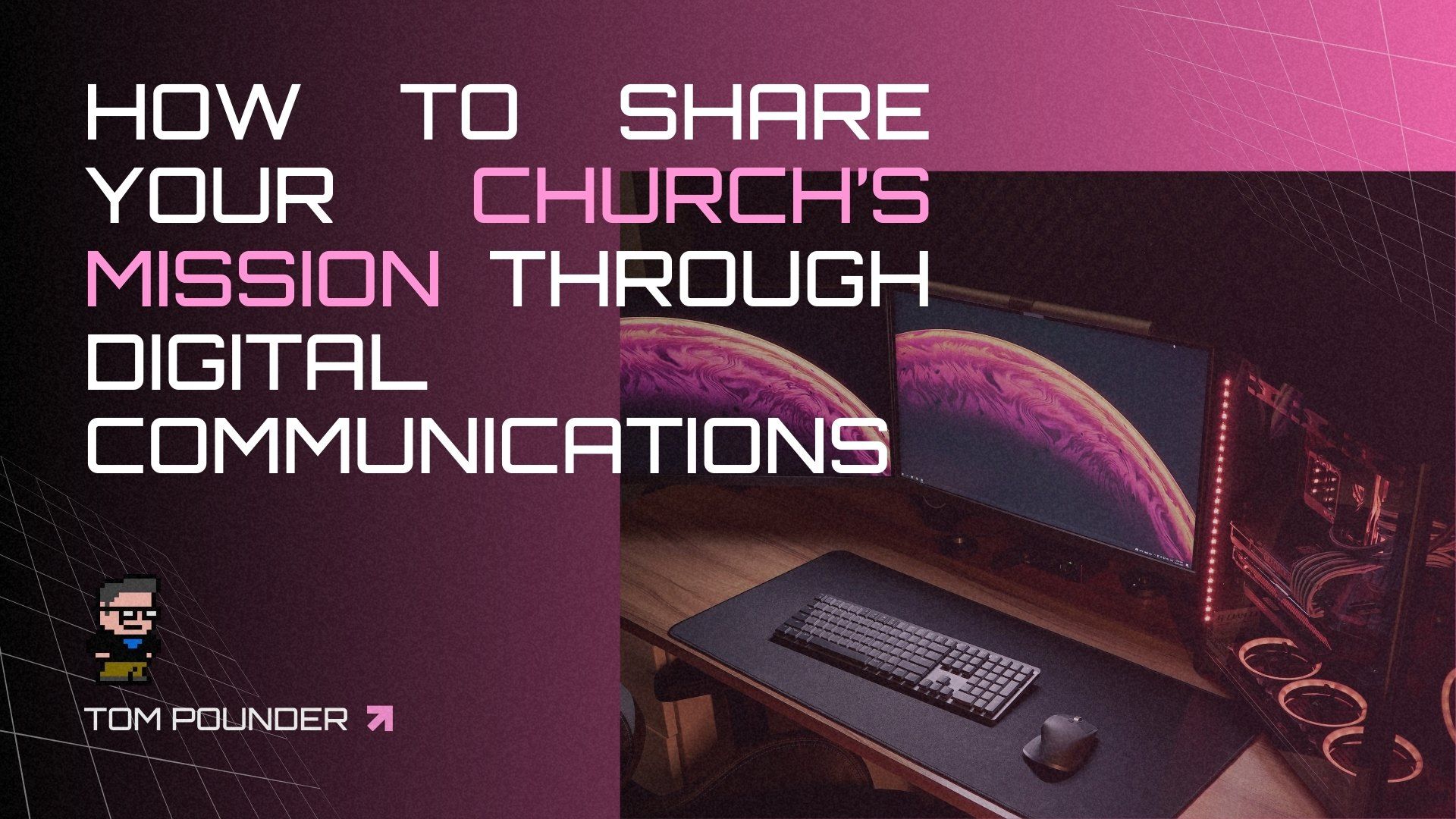Having Connection Issues: Overcoming the Challenge of Authentic Connection

Connection issues. Not being able to connect to the Internet. I cannot tell you how many times my children have come into my office, showing me their phones or their iPads asking me to fix the connection issues that they are having. So many times, it’s as easy as unplugging the router, plugging it back in, and waiting for 5 minutes for all of our networking gear to spin back up.
Connections, in that sense, are easy. But connections in digital ministry are NEVER as easy as just walking away and coming back 5 minutes later. As our digital ministries continue to evolve and change, we’re facing significant challenges in authenticity, engagement, and discipleship.
The challenge we’re facing comes down to this: how can we nurture authentic connections in a virtual world that is so used to flipping a switch to fix things?
Technology has opened up new avenues for spiritual conversations and engagement, but it also presents a paradox: the more interconnected we are through our screens, the more we risk losing the depth of genuine human connection.
In a traditional setting, the physical presence of a congregation fosters a sense of unity and shared purpose. People gather in a physical space to engage in worship, partake in sacraments, and interact with fellow members of their faith communities and churches. These interactions extend beyond the formal ceremonies, creating opportunities for personal conversations, emotional support, and a sense of belonging that can be difficult to replicate online.
With the push of a button, you can connect to wider audiences and communities, connecting people who might not have otherwise been able to participate with your church or body. There’s convenience, flexibility, and a real sense of freedom that comes with logging in to your church from the comfort of your favorite couch or coffee shop.
But, as a leader, your biggest challenge comes in translating those conveniences into meaningful and authentic connections that mirror the depth of in-person interactions while at the same time leaning into the freedom and flexibility of what digital brings.
This is where YOU come in. Your gifts, skills, talents, and abilities in the digital landscape are no accident. Your communities, your interests, your passions, and your experiences can be used by the Holy Spirit in ways that you may not understand at this moment.
And it’s up to you to start taking some proactive steps to offer genuine and impactful experiences online.
No pressure, but it’s up to you!
Strategies
Here are a couple of strategies that you can start with:
- Embrace Multifaceted Engagement: To foster a sense of community and connection, don’t just broadcast a sermon. That’s really just the starter. It’s the digital version of unplugging and plugging your router back in. Digital ministry should extend beyond just broadcasting sermons. Utilize a variety of platforms and formats, such as online discussion forums, virtual study groups, and interactive workshops, to encourage diverse forms of engagement.
- Prioritize Personal Interaction: Just as congregants engage in casual conversations before and after in-person services, digital ministry can incorporate virtual "meet and greet" sessions or dedicated times for members to interact and share their thoughts.
- Create Virtual Sacraments: One thing that I hear a lot is, “how can you do Communion online?” It’s actually quite simple, but needs to be explained to your congregation. Design virtual sacrament structures that allow your community to feel a sense of through shared prayers, meditations, or symbolic actions that can be performed simultaneously.
- Encourage Vulnerability: Authentic connections are built on shared experiences and genuine emotions. Encourage open and honest discussions about personal struggles, doubts, and triumphs within the digital community.
- Utilize Technology Mindfully: While technology is a powerful tool, it should be used mindfully to enhance, rather than replace, genuine connections. Strike a balance between virtual engagement and in-person interactions when possible.
- Foster Inclusivity: Digital platforms can reach a diverse and global audience. Ensure that content and discussions are inclusive and respectful of different cultures, backgrounds, and beliefs.
- Offer Meaningful Support: Establish a digital support network for congregants facing challenges. This could involve providing resources, counseling services, or virtual support groups.
Conclusion
As digital ministry continues to evolve, the challenge of nurturing authentic connections remains a central concern. While technology enables unprecedented reach and engagement, it is essential to prioritize the quality of connections over sheer quantity. By implementing thoughtful strategies that encourage personal interaction, embrace vulnerability, and foster inclusivity, faith-based organizations can overcome the hurdles of the digital landscape and create meaningful, authentic experiences that resonate deeply with their congregants. In doing so, they will not only strengthen their virtual communities but also ensure that the spiritual essence of their traditions remains vibrant and impactful in an increasingly digital world.
What do you think? What other ideas do you have about overcoming connection issues, especially digitally? Share your ideas below or on social media.
Through the Digital Church Network we are helping physical and digital churches better understand the discipleship process, and helping churches and church planters understand this and other decentralized mindset shifts. Joining the DCN is free and be encouraged!
Looking for a Coach or Guide to help you with social media and other digital ministry tools, take this quick survey and connect today.
What do you think? Share your ideas on Discord or on social media.
Through the.Church.digital, we are helping physical and digital churches better understand the discipleship process, and helping churches and church planters understand this and other decentralized mindset shifts. By taking this quick assessment we can get you connect with a coach, resources and more. Also, check out our Discord Group where we are encouraging people daily.

